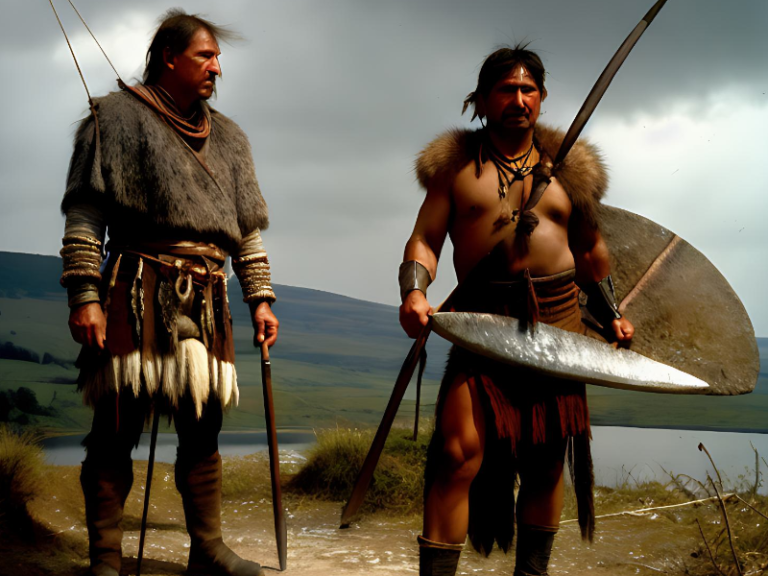It’s long been assumed that Britain’s Mesolithic hunter-gatherers were quickly overtaken by Neolithic era subsistence farmers around 4,000BC. But exciting new discoveries in Bexhill suggest that the relationship between the two groups was more complex, nuanced and longer.
A study of some 420,000 human-made flint implements or ‘lithics’ suggests the relationship was instead based on long exchanges between British Mesolithic groups and emerging Neolithic communities from southern Europe over a much longer period, possibly more than 1,500 years.
This was the period following the emergence of the first European Neolithic farming communities in the Middle East around 10,000 BC, and the spread of their technological innovation across Europe on its way to what is now Britain.
But around 6,200BC climate change raised sea levels, creating the English Channel, and cutting off British Mesolithic hunter-gatherers from the slow spread of Neolithic farming technology across mainland Europe. What happened next has preoccupied modern archaeologists for decades.
The lithics – found during the construction of the 2015 Bexhill-Hastings Link Road – are completely changing our understanding of how the native hunter-gatherers of Mesolithic Bexhill met and co-existed with the Neolithic subsistence farmers, many migrants from Europe, setting up around them.
The finds also tell us much more about local life before this transition, back to the Ice Age, and life after it, as farming skills were followed by the arrival of new metal working technology, drawn by the area’s major iron ore deposits, in particular, much later, brought in by the Romans.
The finds – widely described as being of international significance – along with large amounts of Palaeolithic, later Neolithic, Bronze Age, Iron Age, and Anglo-Saxon & Roman era historic discoveries – have been under study in Oxford since 2015.
The finds will eventually come to Bexhill Museum, possibly after 2025/6, where the Museum will establish a portfolio of display, archive and educational resources dedicated to communicating the key findings from the project towards the end of the decade.
Funding for the follow up work, including improvements to the archive & storage facilities at Bexhill Museum, will come from East Sussex County Council’s overall budget for the link road construction project.
More here: Lawrence, Tom, Donnelly, Mike, Kennard, Liz, Souday, Caroline and Grant, Rose. “Britain In or Out of Europe During the Late Mesolithic? A New Perspective of the Mesolithic–Neolithic Transition” Open Archaeology, vol. 8, no. 1, 2022, pp. 550-577. https://doi.org/10.1515/opar-2022-0249


